Display outdoor visibility comparison: Samsung Galaxy S6 vs Apple iPhone 6 vs HTC One M9 vs Note 4

With summer right around the corner, many will be curious to learn which of the popular smartphones this year has the best-looking and most-legible display when used under direct sunlight.
In order to learn more about the outdoor visibility qualities of displays, we tested four top-tier phones: the Samsung Galaxy S6, the Apple iPhone 6, the HTC One M9, and the Samsung Galaxy Note 4.
You don't need to know a lot about the technology they use - it's enough to just look at the pictures below to see clearly the differences in screen visibility under the direct sunlight. However, if you want an explanation of the results, read on.
We compare two of the best AMOLED screens against two of the best LCD panels out there
The major difference between the devices is that Samsung phones feature Super AMOLED displays, while the remaining two have an LCD panel. Also, Samsung's displays are capable of getting super bright once the ambient light sensor detects that you are out on a sunny day with very bright ambient light. This results in a burst of brightness boost that raises the brightness above the usual levels. Note that this only occurs on Samsung's AMOLED displays, while other phones, including the Apple iPhone 6 and HTC One M9, don't have such a 'turbo' brightness mode.There is, however, another factor that makes arguably even more of a difference: AMOLED displays don't have a backlight that controls brightness across the whole display, but are instead able to control the luminance intensity of each pixel separately. In practice, this means that brightness intensity on AMOLED screens varies depending on the image. If you have a picture with more darker tones, the fewer bright pixels can become really bright and such an image (like the jelly fish one below) is much better visible even under direct sunlight. If you, however, have an image with a white/bright background, you have less total power to spare among the remaining pixels, and this results in a comparatively less bright image. Look below at the image of the browser where we have a white background, and you see that the iPhone 6 with its LCD screen, for instance, is on par, if not better than the Galaxy S6, in terms of outdoor visibility.
With no further ado, here are the actual results of our test that we performed with all phones set at maximum brightness in the mid-day heat.
Overall, one can argue about the winner (and admittedly, it's still hard to see clearly on either device when you use them under direct sunlight), but the Samsung Galaxy S6 is clearly ahead, at the top, and in most cases it trumps all others. The Apple iPhone 6 and Samsung Galaxy Note 4 come in as runner-ups (but in particular images, like the browser, the iPhone gets practically on par with the S6), and finally, the HTC One M9 seems to be seated firmly on the last place with its slightly dimmer screen.
You can see our lab display measurements and compare them with the real-life test images. Feel free to express your thoughts about how important is display outdoor visibility and which phone of these four you find performs best.
Follow us on Google News
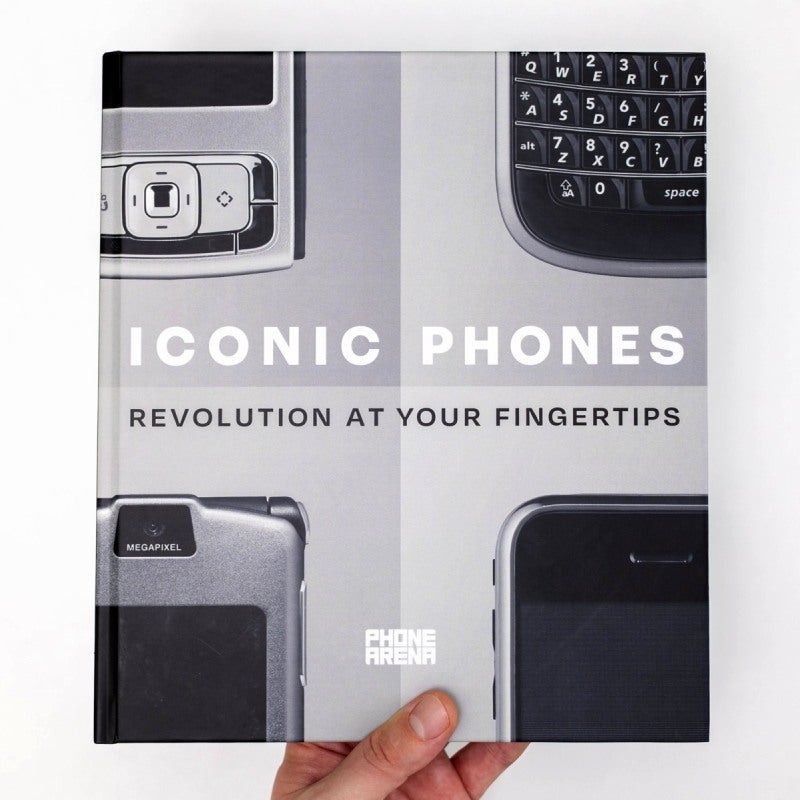

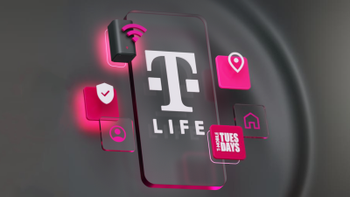
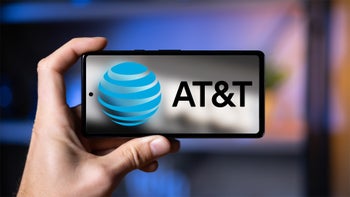

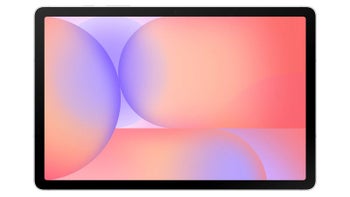
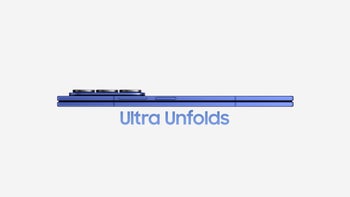
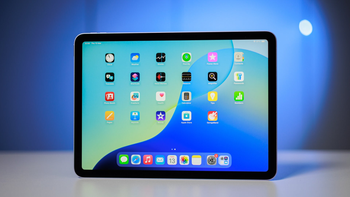
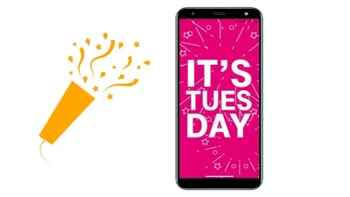
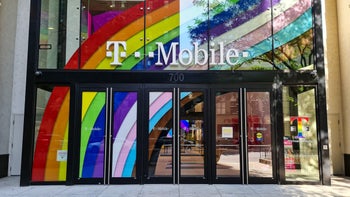
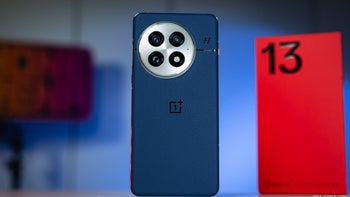
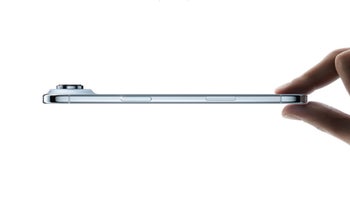
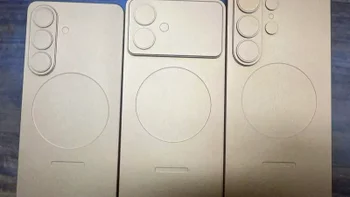
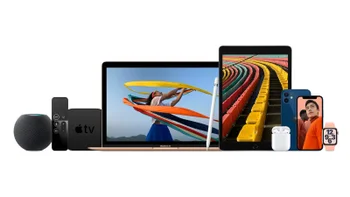
Things that are NOT allowed:
To help keep our community safe and free from spam, we apply temporary limits to newly created accounts: